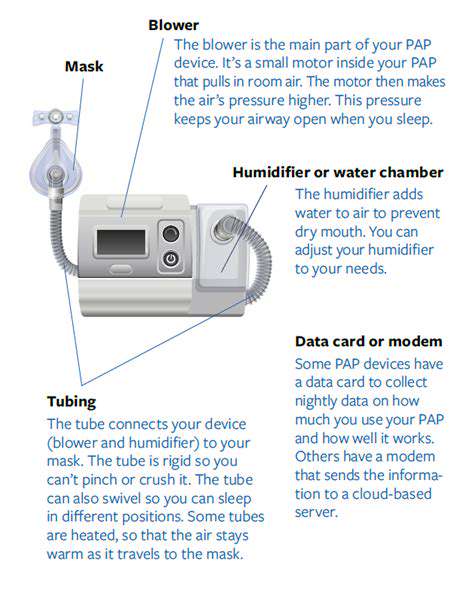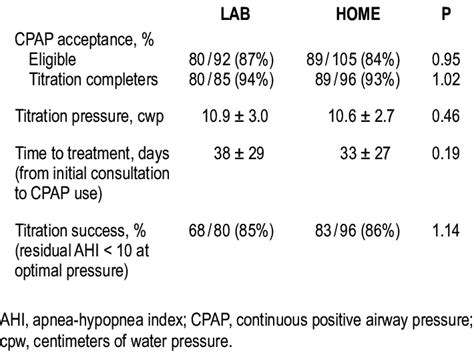Overview of PAP Treatment Options for Sleep Disorders
May 30, 2025 / zsfcdn103/
Types of PAP Therapy Devices

Types of PAP Therapy Devices
PAP therapy, or positive airway pressure therapy, utilizes devices to deliver a constant flow of air into the airways, helping individuals with sleep apnea breathe more easily. Different types of PAP devices are available, each with unique features and functionalities. Understanding these differences is crucial for selecting the most suitable device for individual needs and preferences.
CPAP Machines
Continuous Positive Airway Pressure (CPAP) machines are the most common type of PAP therapy device. They deliver a constant stream of air pressure throughout the night. CPAP machines are known for their effectiveness in treating moderate to severe sleep apnea. They are generally considered the gold standard for sleep apnea treatment.
These machines typically use a mask that fits over the nose and/or mouth. Proper mask fitting is essential for optimal therapy success. The pressure settings are tailored to each individual's specific needs and are adjusted by a sleep specialist or healthcare provider.
BiPAP Machines
Bi-level Positive Airway Pressure (BiPAP) machines provide two different levels of air pressure. One pressure level is used during inhalation, and a lower pressure level is used during exhalation. This dual-pressure approach is beneficial for individuals with more complex breathing patterns or who experience difficulty with CPAP therapy.
BiPAP machines can be particularly helpful for individuals with certain respiratory conditions beyond sleep apnea. The ability to adjust pressure during different phases of breathing allows for a more personalized and potentially more comfortable treatment experience.
APAP Machines
Auto-adjusting Positive Airway Pressure (APAP) machines automatically adjust the pressure throughout the night based on the individual's breathing patterns. This dynamic adjustment can lead to a more comfortable and effective therapy experience. APAP machines are often preferred for their ability to deliver the appropriate pressure at any given moment.
These machines are often a good starting point for individuals who are new to PAP therapy. The automated adjustment feature can provide a more tailored experience, allowing for optimal airway pressure throughout the entire sleep cycle, resulting in a potentially more comfortable sleep experience.
Full Face Masks and Nasal Masks
Different types of masks are available for use with PAP devices, each designed for a different fit and comfort level. Full face masks cover both the nose and mouth, while nasal masks only cover the nose. The choice of mask depends on individual facial anatomy, and preferences.
The selection of the appropriate mask can significantly impact the overall comfort and effectiveness of PAP therapy. Patients should work closely with their healthcare providers to determine the most suitable mask type for their specific needs and preferences. Selecting the correct mask type can greatly contribute to better adherence to therapy.
Choosing the Right PAP Mask
Understanding the Importance of a Proper Fit
A crucial aspect of PAP therapy success is ensuring a proper fit for your PAP mask. A well-fitting mask minimizes air leaks, which are a major source of discomfort and can impact the effectiveness of the therapy. Air leaks lead to increased pressure and can make it difficult to fall asleep and stay asleep. A properly fitted mask helps maintain consistent pressure, allowing for better treatment of sleep apnea or other breathing disorders. Proper fitting ensures you receive the full therapeutic benefits of the therapy, leading to improved sleep quality and overall health.
Consulting with a sleep specialist or a qualified healthcare professional is vital for determining the most suitable mask type and size. They can assess your facial structure and preferences to find the best fit, minimizing potential discomfort and maximizing therapy effectiveness. They can also provide guidance on troubleshooting any issues that may arise with fit or pressure.
Different Mask Types for Various Needs
PAP masks come in a variety of styles, each designed to cater to different facial structures and preferences. Nasal masks, for example, are often preferred by individuals with sensitive facial skin or those who experience discomfort with full-face masks. Full-face masks, on the other hand, are suitable for individuals with significant nasal congestion or those who require higher pressure settings. Choosing the right mask type is a personalized decision, and a discussion with a healthcare professional can help determine which mask type is most suitable for your specific needs.
Another type of mask is a nasal pillow mask which is a smaller, more discreet option. These masks are often preferred by individuals who are sensitive to masks that cover a larger portion of their face. The pillow-like design sits comfortably against the nose and can be an excellent choice for those who experience discomfort with traditional masks. Understanding the different mask types allows you to make an informed decision that best fits your needs and lifestyle.
Comfort and Long-Term Wearability
Comfort is paramount when considering a PAP mask. The mask should fit snugly and comfortably against the face without causing pressure points or discomfort. Materials used in mask construction should be soft and breathable to prevent skin irritation and discomfort during extended use. The mask should also be easy to clean and maintain to ensure hygiene and prevent the buildup of bacteria or mold, which can lead to skin irritation. Comfort is a key factor in ensuring compliance with PAP therapy, and it can impact the long-term effectiveness of the treatment.
Mask Maintenance and Hygiene
Maintaining proper hygiene and cleanliness is essential to ensure the longevity and effectiveness of your PAP mask. Regular cleaning of the mask and associated tubing prevents the buildup of bacteria and germs. Following the manufacturer's instructions for cleaning is critical to prevent damage to the mask and ensure its effectiveness. Proper cleaning and maintenance prolong the life of the mask and contribute to better health outcomes. Using the correct cleaning solutions and methods, as suggested by your sleep specialist, is crucial to maintain a hygienic environment and prevent discomfort or potential health issues.
Cost and Insurance Coverage
The cost of PAP masks can vary depending on the type, features, and manufacturer. Some masks are more expensive than others, and it's essential to consider the long-term cost of purchasing and maintaining your mask. Understanding the cost of the mask, as well as the potential for insurance coverage, is important. Many insurance companies cover a portion of the cost of PAP therapy, including masks, and it's beneficial to contact your insurance provider to inquire about coverage options. Understanding the financial implications of PAP therapy is crucial for effective management of your sleep apnea or related breathing disorders and can help you make informed decisions about your treatment plan.
